
28 Apr The Ultimate Flood Damage Repair Checklist for Successful Water Damage Restoration
Table of Contents
- Introduction
- Initial Assessment
- Water Removal
- Drying and Dehumidification
- Cleaning and Sanitizing
- Repairs and Restoration
- Prevention Measures
- Conclusion
- Key Takeaways
- FAQ
Introduction
Flood damage can be devastating, causing significant disruption to homes and businesses. With climate change leading to more frequent and severe weather events, understanding how to effectively manage water damage has become crucial. This comprehensive guide provides a detailed checklist to ensure successful water damage restoration, helping you minimize loss and restore normalcy swiftly.
Initial Assessment
- Safety First
Before entering a flooded area, ensure it’s safe. Turn off electricity and gas supplies to prevent accidents. Wear protective gear such as gloves and boots to avoid contamination. - Document the Damage
Take photos and videos of the affected areas for insurance claims. This documentation is crucial for proving the extent of damage and can expedite the claims process.
Water Removal
- Using Pumps and Vacuums
To remove standing water, utilize submersible pumps and wet/dry vacuums. Ensure that the equipment is suitable for the volume of water present. - Professional Help
Consider hiring professional water damage restoration services for large-scale flooding. They have the expertise and equipment to handle extensive water removal efficiently.
Drying and Dehumidification
- Air Circulation
Open windows and doors to enhance air circulation. Use fans and dehumidifiers to speed up the drying process, reducing the risk of mold growth. - Monitoring Moisture Levels
Use moisture meters to monitor levels in walls and floors. Continue drying until moisture levels return to normal.
Cleaning and Sanitizing
- Disinfecting Surfaces
Clean and disinfect all surfaces with appropriate cleaning agents. This step is vital to eliminate bacteria and prevent mold. - Discarding Damaged Items
Safely dispose of items that cannot be salvaged, such as soaked carpets and upholstery. This helps prevent further contamination.
Repairs and Restoration
- Structural Repairs
Inspect the building’s structural integrity. Repair or replace damaged walls, floors, and ceilings as necessary. - Restoring Contents
Clean and restore salvageable items. Consider professional restoration services for valuable or sentimental items.
Prevention Measures
- Improving Drainage
Ensure proper drainage around your property. Clean gutters and install sump pumps to prevent future flooding. - Regular Inspections
Conduct regular inspections of your property to identify potential water damage risks early. Address any issues promptly.
Conclusion
Effective flood damage repair requires a structured approach, from initial assessment to prevention measures. By following this comprehensive checklist, you can ensure successful water damage restoration and minimize future risks.
Key Takeaways
-
- Prioritize safety and document damage for insurance purposes.
- Use appropriate equipment for water removal and drying.
- Thoroughly clean and sanitize affected areas.
- Conduct necessary repairs and consider professional restoration services.
- Implement prevention measures to mitigate future risks.
FAQ
What should I do first after a flood?
Ensure safety by turning off electricity and gas. Document the damage for insurance claims and begin water removal as soon as possible.
How can I prevent mold after water damage?
Dry the area thoroughly using fans and dehumidifiers. Clean and disinfect surfaces to eliminate mold spores.
Should I hire professionals for water damage restoration?
For extensive damage, professional services can provide expertise and equipment for efficient restoration, ensuring thorough drying and cleaning.
How do I handle insurance claims after a flood?
Document the damage with photos and videos, and contact your insurance company promptly. Provide detailed information and follow their procedures.
What items should I discard after a flood?
Discard items that are heavily soaked and cannot be salvaged, such as carpets and upholstered furniture, to prevent mold and contamination.
How can I improve drainage around my property?
Clean gutters regularly, install sump pumps and ensure proper grading around your property to direct water away from the foundation.
What are the signs of structural damage after a flood?
Look for cracks in walls, uneven floors, and sticking doors or windows. These may indicate structural issues that need professional assessment.
How often should I inspect my property for water damage risks?
Conduct inspections at least twice a year, especially before and after the rainy season, to identify and address potential risks early.
This guide provides a comprehensive checklist for managing flood damage, emphasizing safety, documentation, and effective restoration techniques. Begin with an initial assessment, ensuring safety by turning off utilities and documenting damage for insurance claims. Use pumps and vacuums for water removal, and consider professional help for extensive flooding. Enhance drying with air circulation and dehumidifiers, and monitor moisture levels to prevent mold. Clean and sanitize surfaces, discarding unsalvageable items. Conduct structural repairs and restore contents. Implement prevention measures like improving drainage and regular inspections.
Key takeaways include prioritizing safety, using appropriate equipment, and considering professional restoration services.
RELATED ARTICLES
Top Techniques for Efficient Flood Damage Repair and Water Damage Restoration
ood damage repair and water damage resto...
The Ultimate Flood Damage Repair Checklist for Successful Water Damage Restoration
<h2 id="...
Flood Damage Repair Services: What to Expect During Water Damage Restoration
Flood damage can be devastating for home...
Find Water Damage Restoration Companies Near Me
Water damage restoration companies provi...
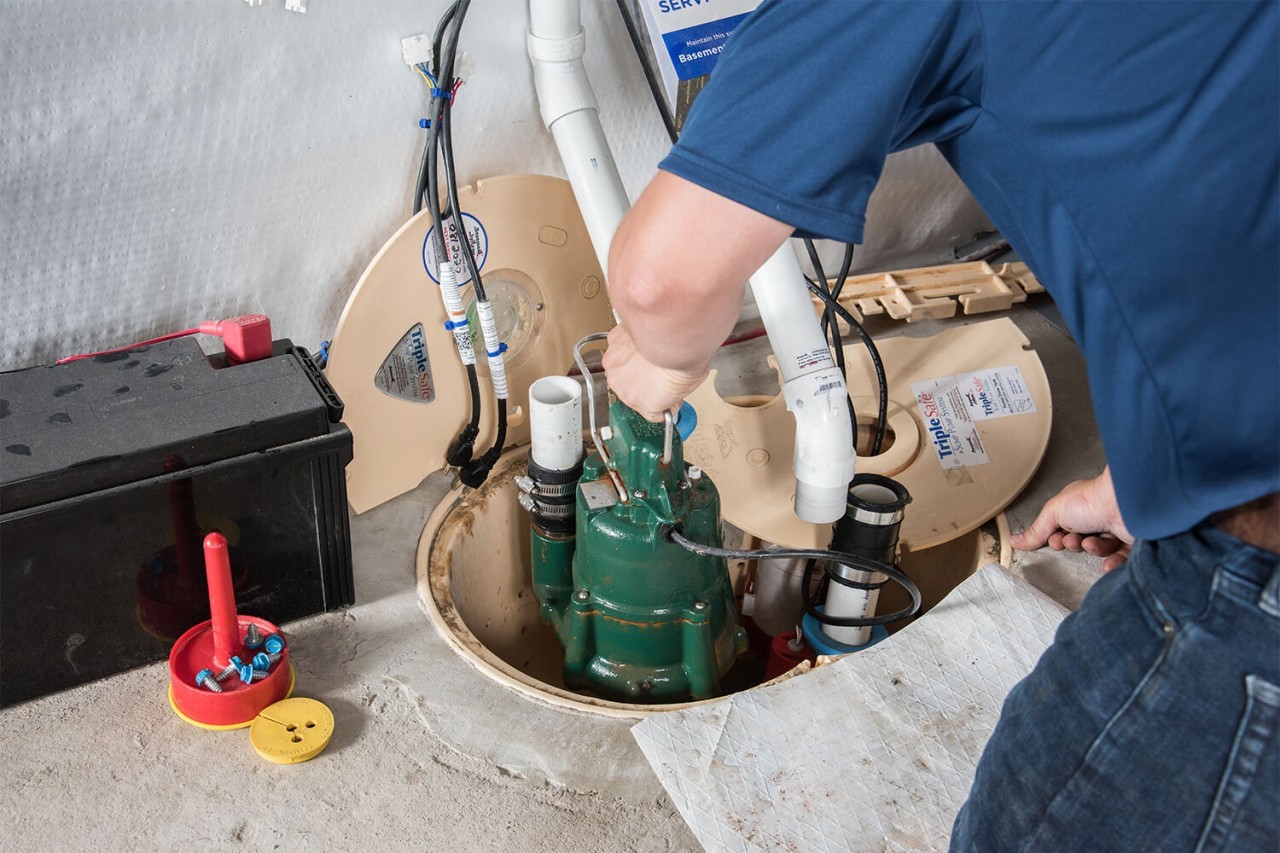
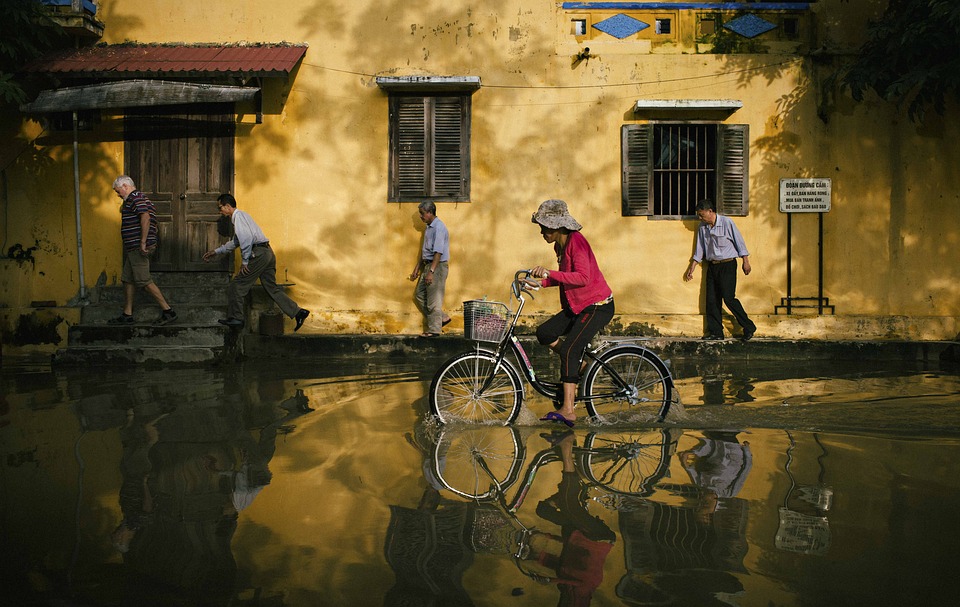
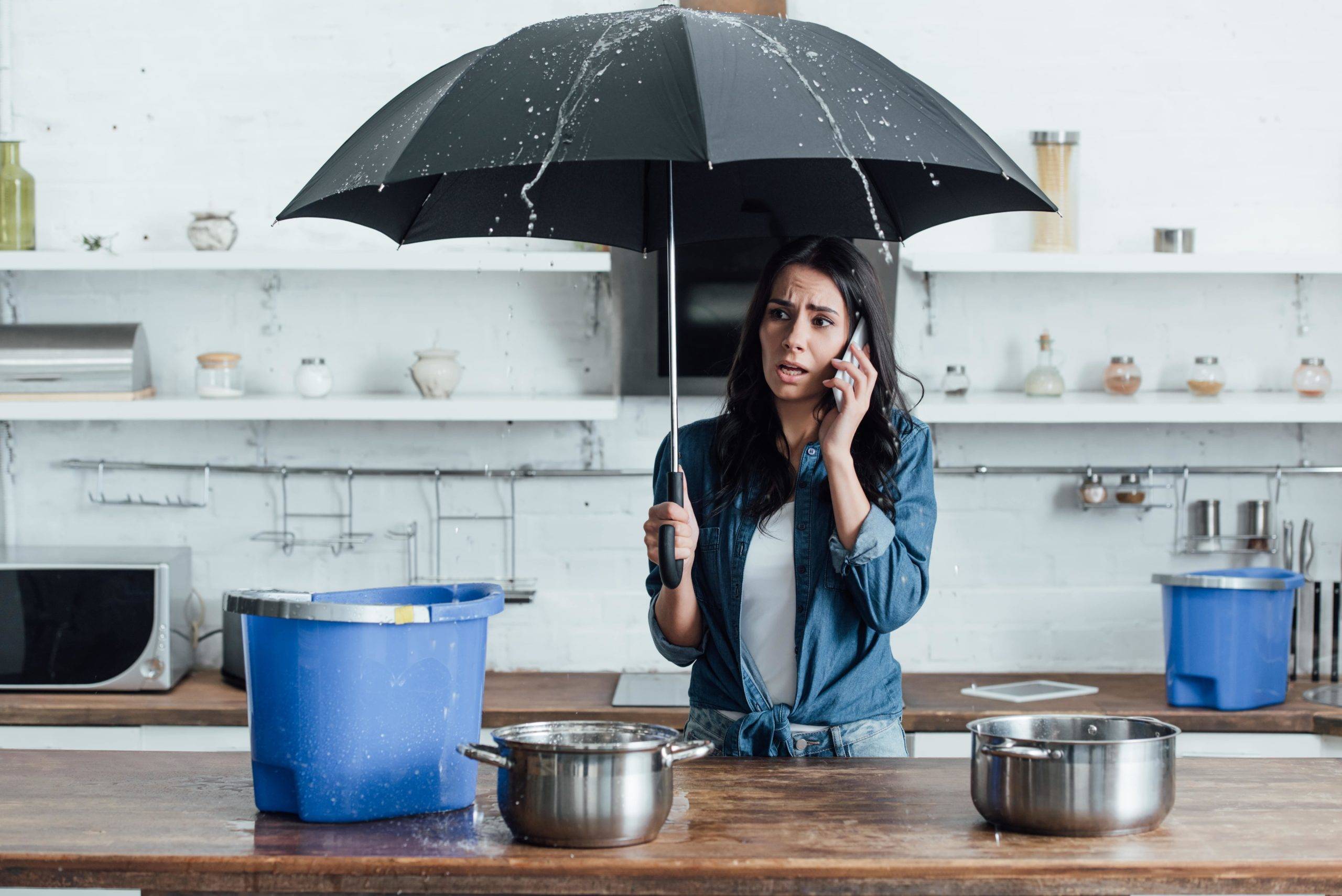
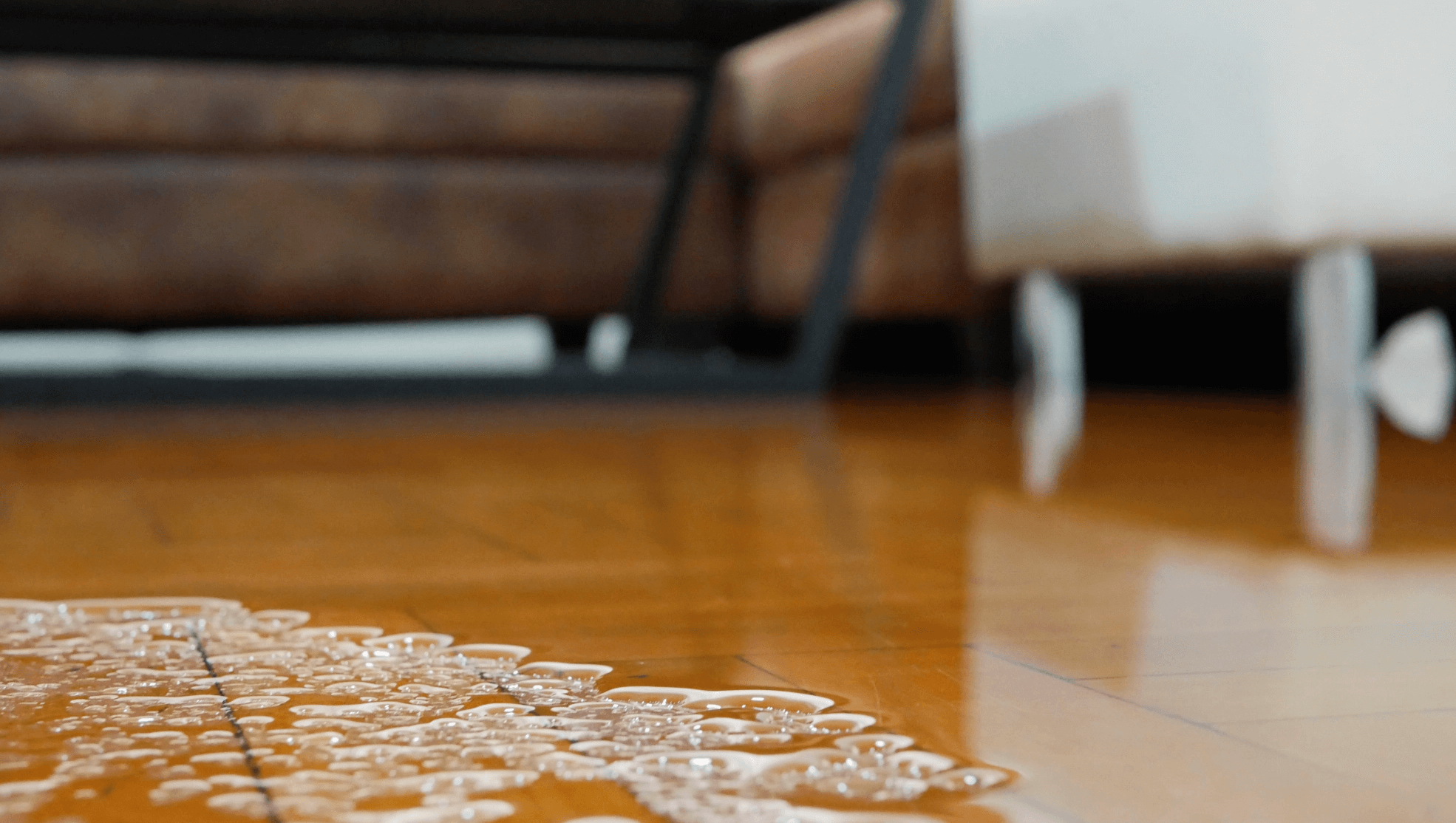
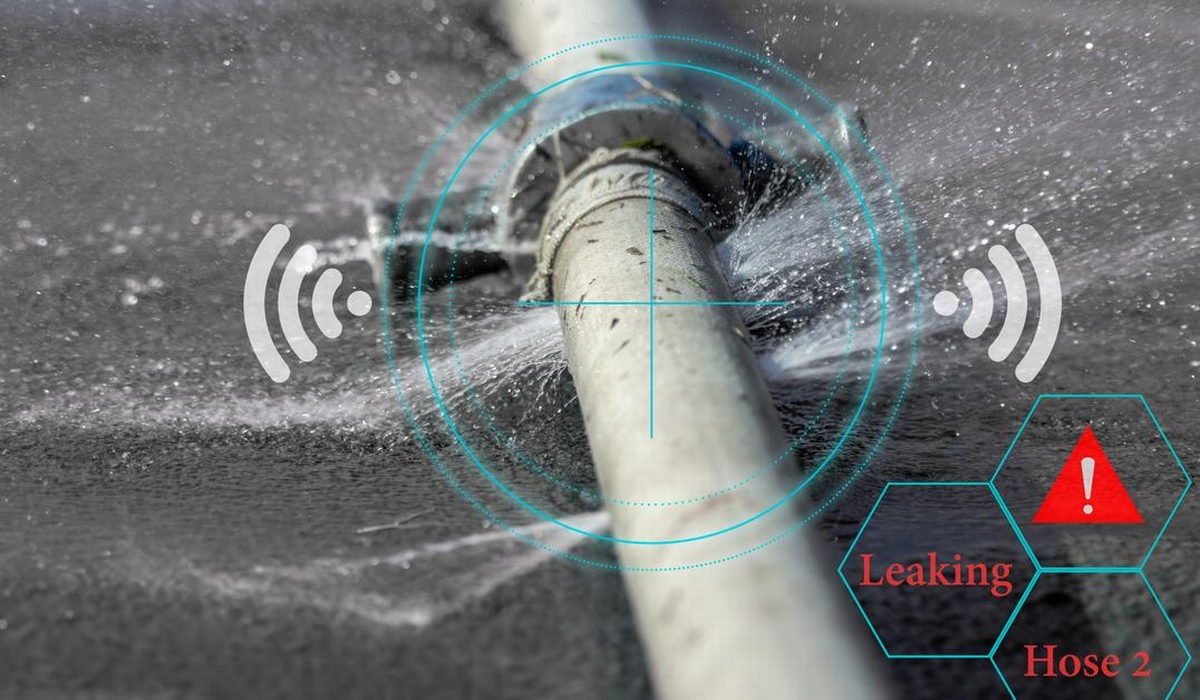

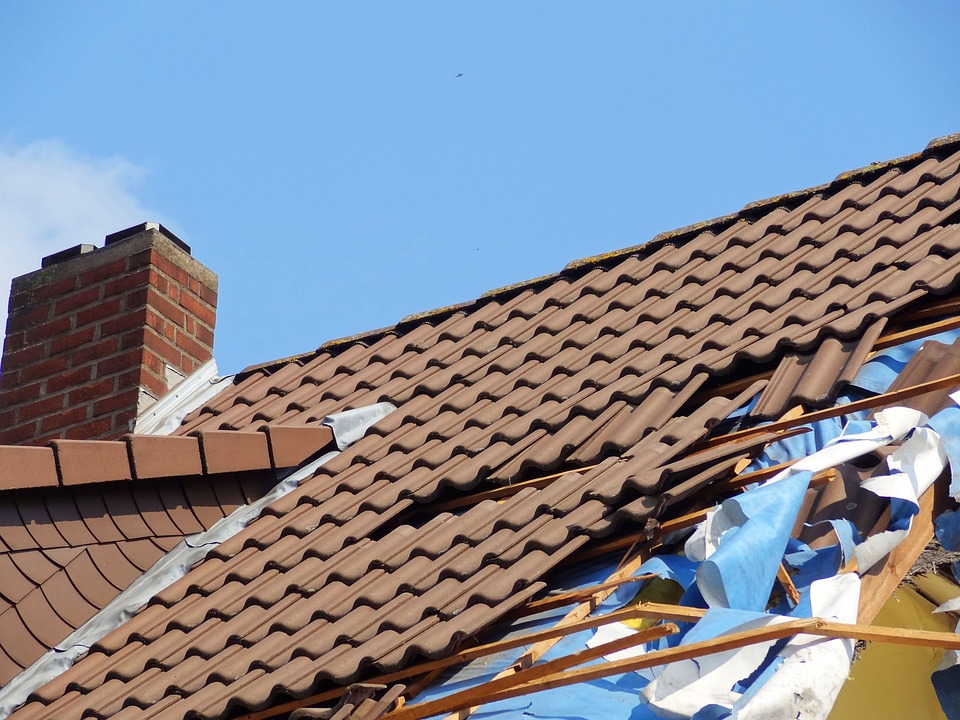



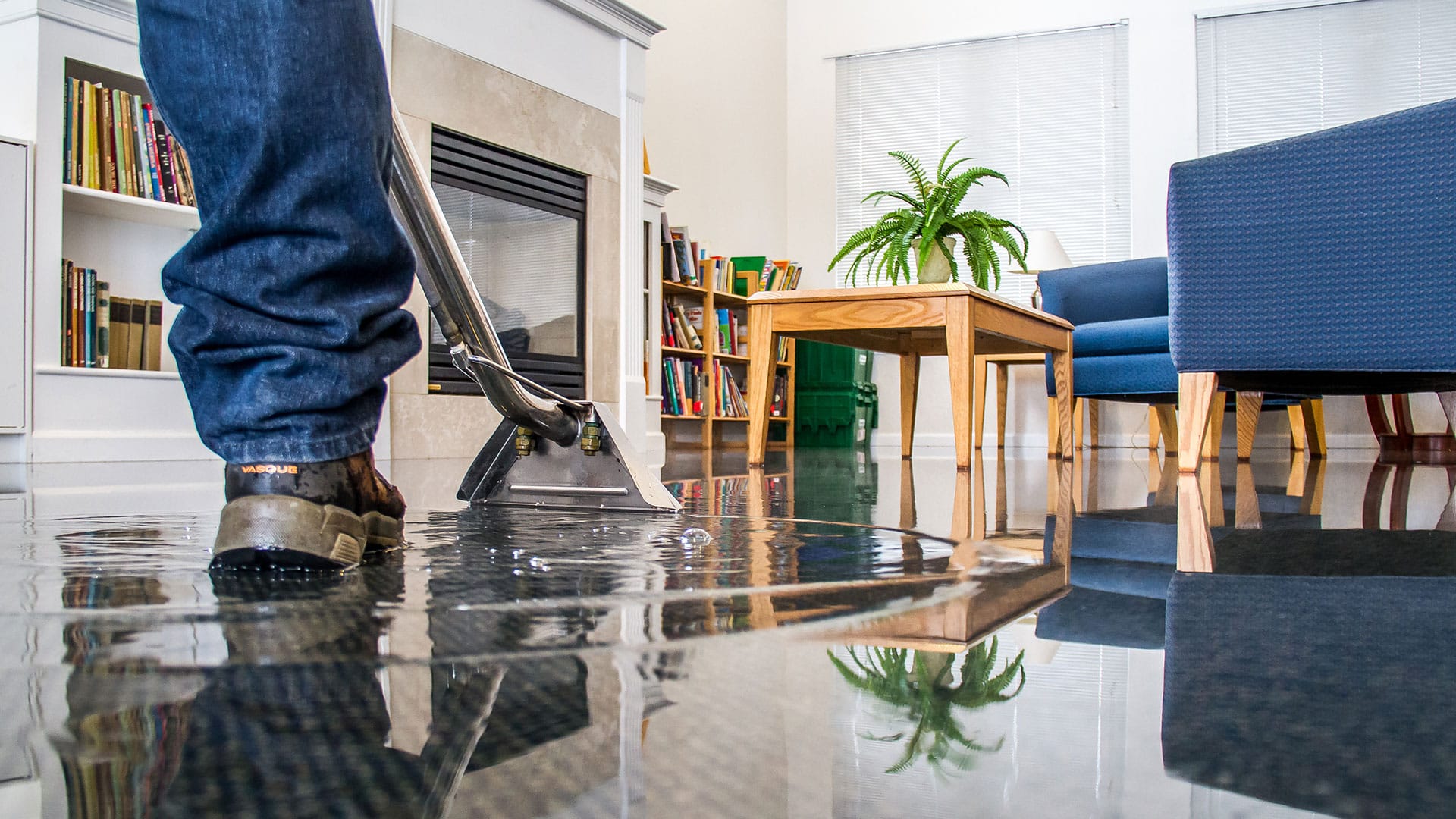
Sorry, the comment form is closed at this time.